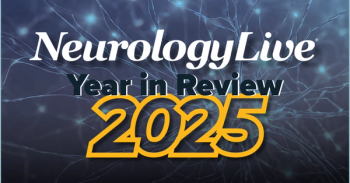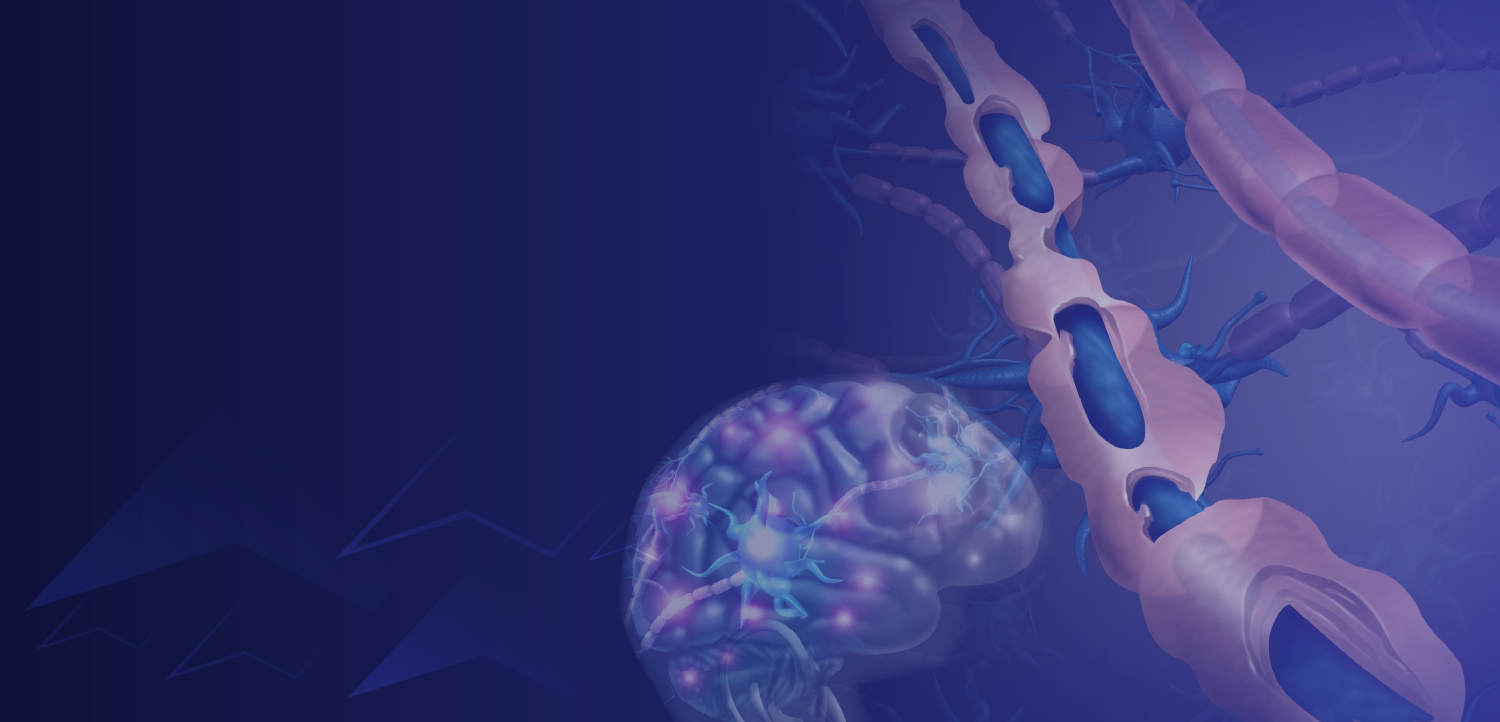
|Slideshows|December 5, 2018
Light Holiday Reading: 3 Migraine Studies
Author(s)Mark L. Fuerst
New research provides insights into migraine with visual aura, cognitive behavioral therapy, and the genetic basis of pediatric migraine.
Advertisement
Newsletter
Keep your finger on the pulse of neurology—subscribe to NeurologyLive for expert interviews, new data, and breakthrough treatment updates.
Advertisement
Latest CME
Advertisement
Advertisement
Trending on NeurologyLive - Clinical Neurology News and Neurology Expert Insights
1
A Clinical Review of the 2025 Neuromyelitis Optica Spectrum Disorder Guidelines
2
FDA Action Update, December 2025: Acceptance, Approval, and Clearance
3
Assessing Phase 2 Data of Tazbentetol in Alzheimer Disease: Bruce Brew, MD, DSc, FRACP, FAAN
4
FDA Approves Generic Glatiramer Acetate Injection for Multiple Sclerosis Treatment
5
























